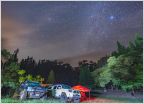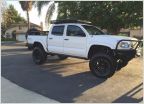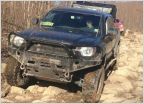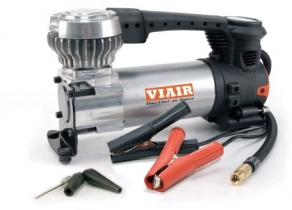-
Welcome to Tacoma World!
You are currently viewing as a guest! To get full-access, you need to register for a FREE account.
As a registered member, you’ll be able to:- Participate in all Tacoma discussion topics
- Communicate privately with other Tacoma owners from around the world
- Post your own photos in our Members Gallery
- Access all special features of the site
mk5 adventures
Discussion in '2nd Gen. Builds (2005-2015)' started by mk5, Sep 6, 2018.
Page 2 of 16
Page 2 of 16


 The Ark
The Ark D.shaw 2012 DCSB build
D.shaw 2012 DCSB build AthenaSWT 808 Hawaii Build (Pic Heavy)
AthenaSWT 808 Hawaii Build (Pic Heavy) The Ginger King Build
The Ginger King Build V5ioV's Build... #FABulous
V5ioV's Build... #FABulous Key-Rei's (Science Dog) Build? Thread!
Key-Rei's (Science Dog) Build? Thread!









































